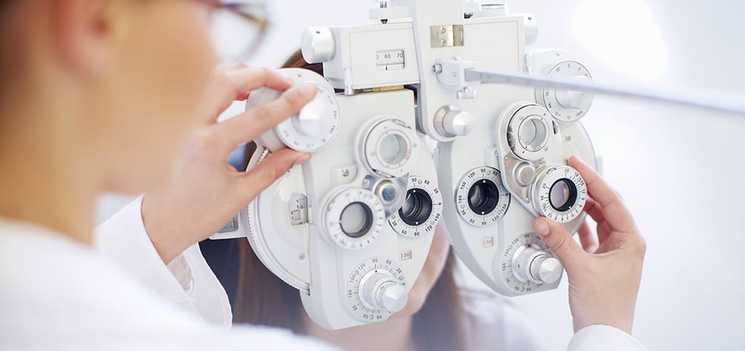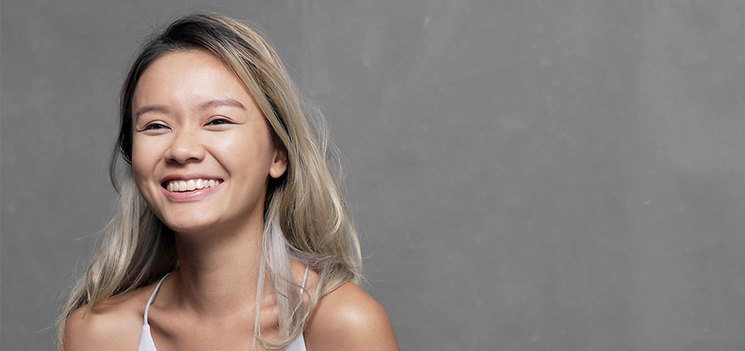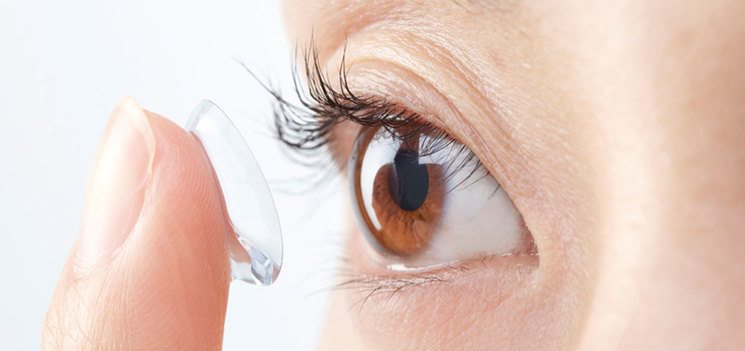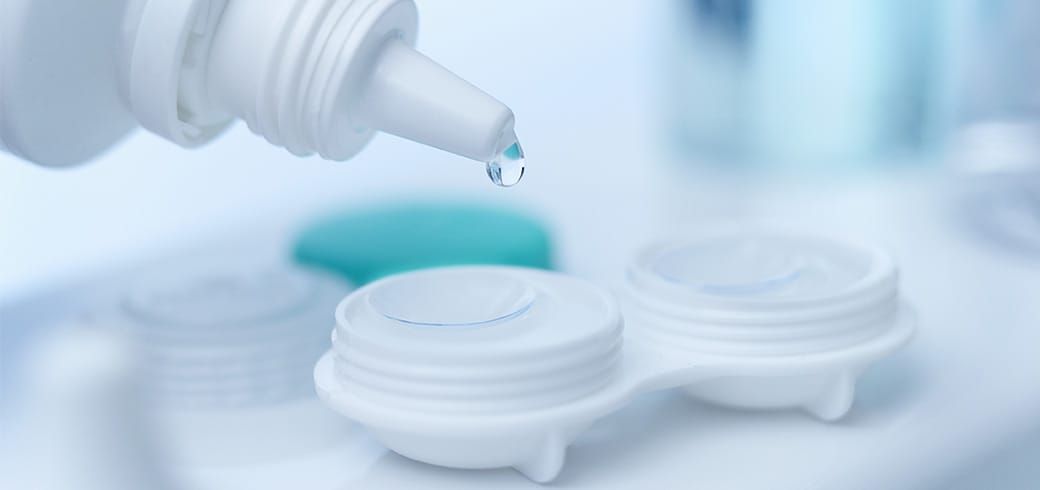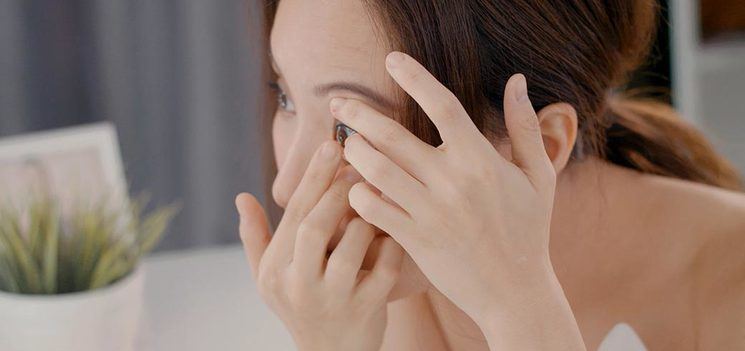Most people are aware of protecting their skin from UV rays. However, many don't know that protecting their eyes from UV rays is also important . In fact, individuals exposed to excessive UV are more at risk for developing early cataracts and other retinal conditions.1 Certain spectacles and contact lenses help protect your eyes from UV transmission.
Combining UV-blocking contact lenses in your routine with wraparound sunglasses and a wide-brimmed hat to experience the freedom and confidence to enjoy outdoor activities to the fullest.
UV MYTHS EXPOSED
Sun protection for your eyes is needed on cloudy and overcast days
TRUE: UV radiation is always present. From dawn to dusk, and even on cloudy days the sun can be harmful to the eyes.1
Midday sun is the most threatening to my sight
FALSE: In the middle of the day the sun is at its highest point, and although you can burn your skin, the eyes are more protected by the shadow of the eyebrows. The main effects of solar radiation on the eye occur at dawn and dusk, when the sun is lower and eyes are directly exposed to invisible UV rays. 2
Exposure to harmful UV rays occurs all year round and in any environment
TRUE: In fact, UV radiation can potentially be even more harmful to the eyes during spring and winter months when the sun is lower in the sky. UV rays reflect off all surfaces at different, and often surprisingly, high degrees:
• Up to 90% off snow1
• Up to 30% off water1
• Up to 25% off sand1
A hat alone will protect my child’s eyes from UV rays
The use of a hat or cap with a brim can reduce eye exposure to UV rays, but full eye protection from direct rays requires the use of wraparound sunglasses and a wide-brimmed hat to help protect your child’s eyes from the transmission of harmful UV rays all year round.1
YEAR-ROUND UV NEEDS YEAR-ROUND PROTECTION.³
UV isn’t just a problem in the summer either as it can cause damage all year round. For example, exposure can be higher when sunlight is reflected off snow.
Once outside, almost any location, from ski slope to sea level, and any pastime from tennis to walking exposes us to UV radiation whether from a direct or reflected source. Even under water, at half a metre depth, UV radiation is still 40% as intense as at the surface.
Furthermore, most people don’t realize that UV eye exposure is greatest during early morning and late afternoon – and in non-equatorial regions – when the sun is lower in the sky. This makes exposure of eyes to harmful UV rays more likely.
Not only can UV rays pierce cloud cover, they reflect off all surfaces at different – and often surprisingly high – degrees. For example, UV radiation is still 95% as intense off water.
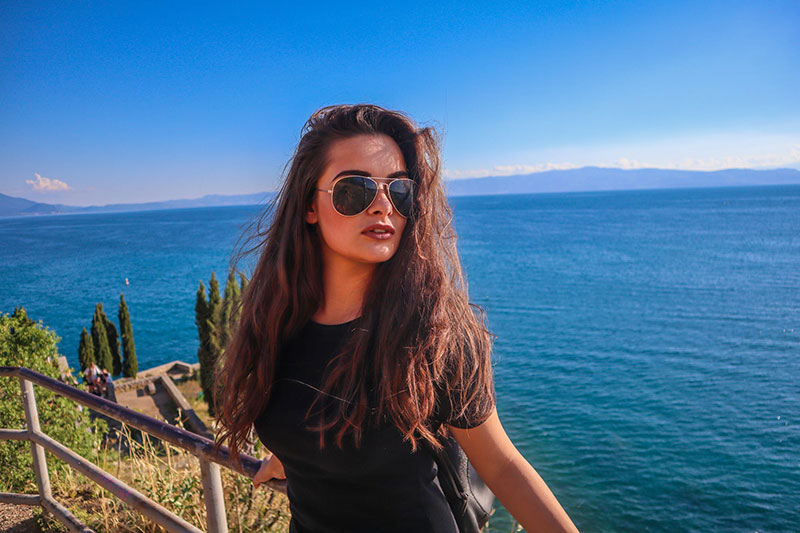
Sunglasses are an essential part of protecting your eyes from UV. The added protection from UV-blocking Contact lenses is important even if you wear sunglasses which may only provide partial protection – UV light can ‘leak’ around the edges and cause damage.4 And unlike sun protection for the skin, the UV-blocking ingredient is incorporated into spectacle or contact lens material permanently – it won’t peel or wear off. Wearing UV-blocking contact lenses every day means that you have additional protection for your eyes.
1. Sliney, David H. Intraocular and Crystalline Lens Protection From Ultraviolet Damage. Eye & Contact Lens July 2011; 37: 250–258. 2. Sasaki H, Sakamoto Y, Schnider C et al. UV-B exposure to the eye depending on solar altitude. Eye & Contact Lens 2011;37:4 191-195. 3. Schnider C, Sasaki H, Sakamoto Y et al. UV Danger in the UK? U Bet! BC:A 2010 Conference presentation abstract. 4. Kwok LS, Daszynski DC, Kuznetsov VA, Pham T, Ho A, Coroneo MT. Peripheral light-focussing as a potential mechanism for phakic dysphotopsia and lens phototoxicity. Ophthalmic PhysiolOpt 2004;24(2):119-29.
WARNING: UV-absorbing contact lenses are NOT substitutes for protective UV-absorbing eyewear such as UV-absorbing goggles or sunglasses because they do not completely cover the eye and surrounding area. You should continue to use UV-absorbing eyewear as directed. NOTE: Long-term exposure to UV radiation is one of the risk factors associated with cataracts. Exposure is based on a number of factors such as environmental conditions (altitude, geography, cloud cover) and personal factors (extent and nature of outdoor activities). UV-blocking contact lenses help provide protection against harmful UV radiation. However, clinical studies have not been done to demonstrate that wearing UV-blocking contact lenses reduces the risk of developing cataracts or other eye disorders. Consult your eye care practitioner for more information.



